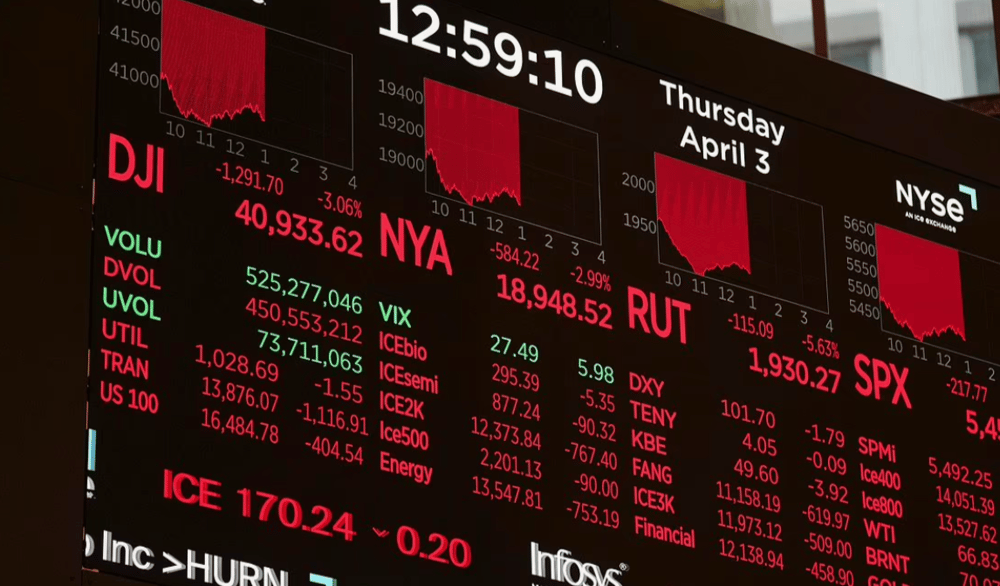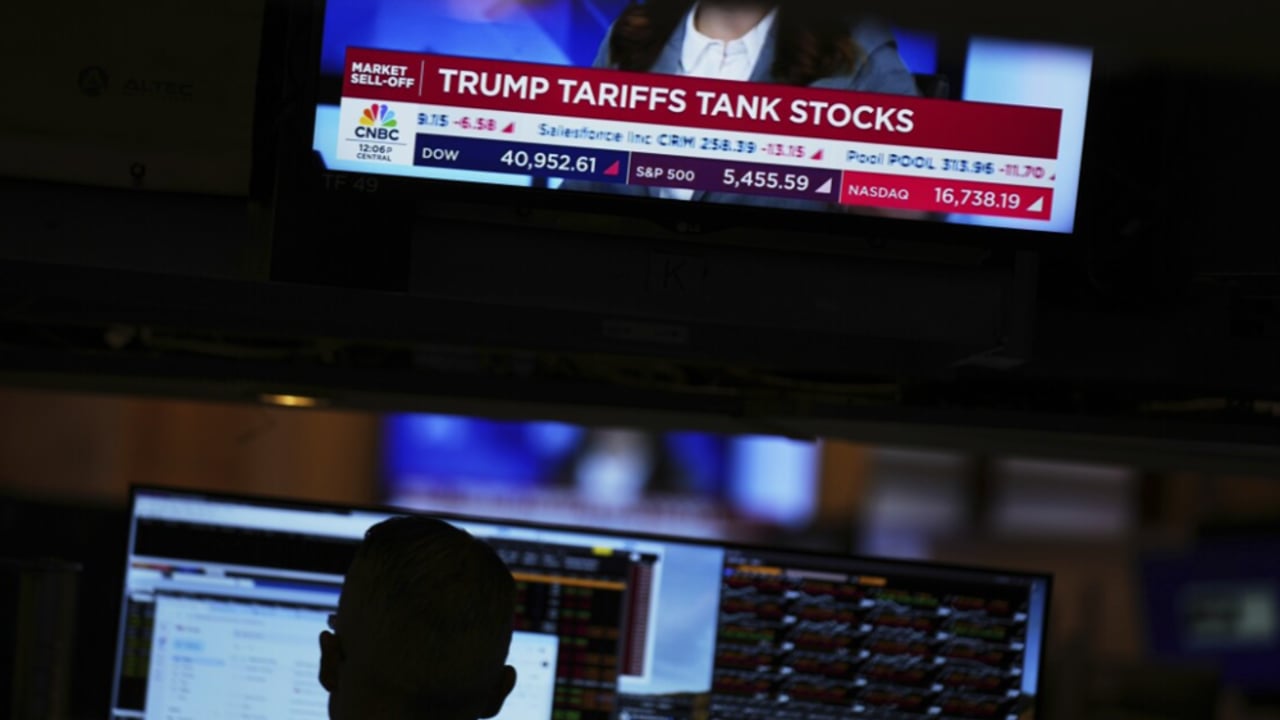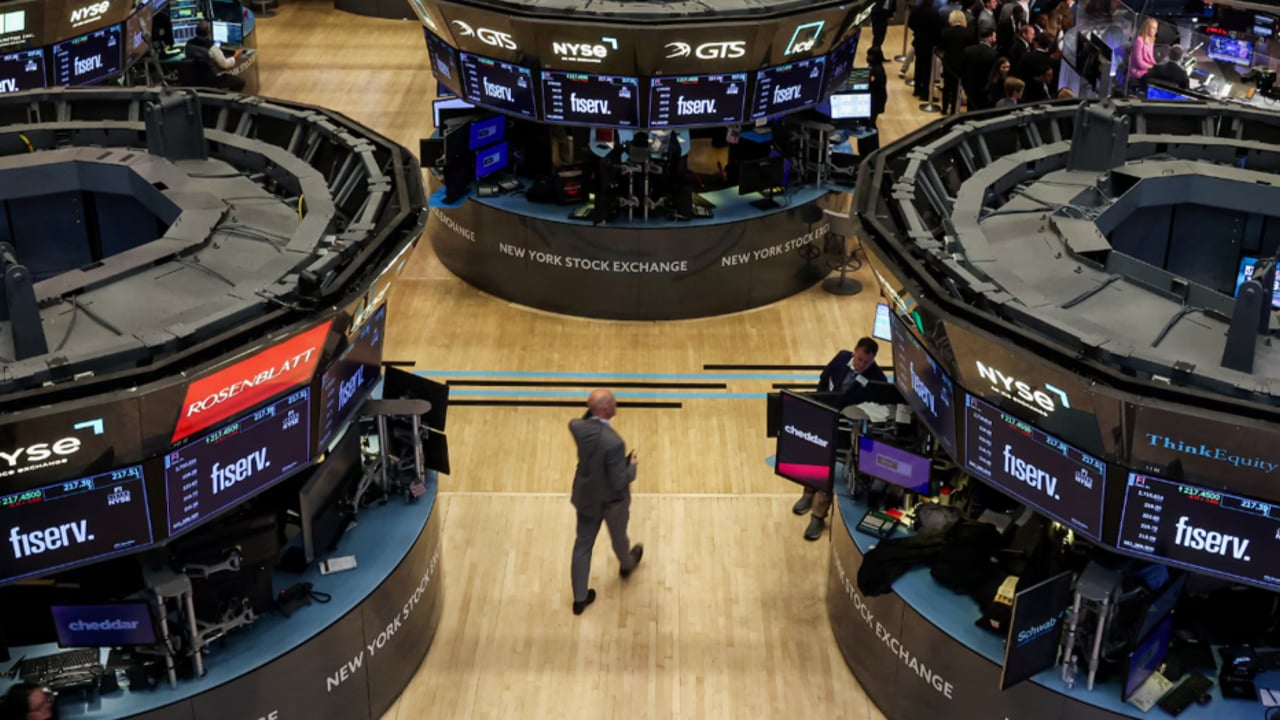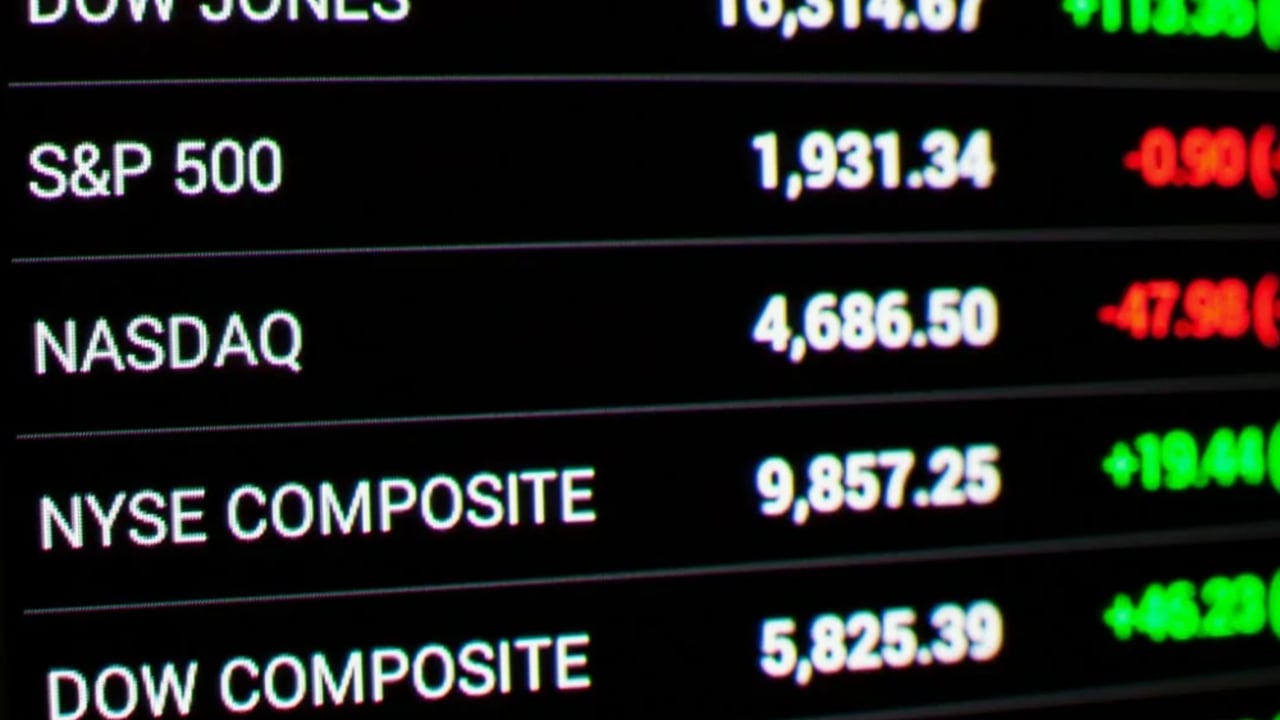US equity index futures continued their downward slide on Friday as market participants absorbed the latest employment data from the nonfarm sector. The US Department of Labor’s report for March revealed the creation of 228,000 new jobs – a number that substantially surpassed analyst expectations of 135,000. Meanwhile, the unemployment rate came in at 4.2%, slightly above the anticipated 4.1%, while average hourly earnings rose by a steady 0.3%, matching forecasts.
Market Labor Trends and Their Repercussions
The dynamics of the US labor market serve as a key indicator of overall economic health. The significant surge to 228,000 new jobs demonstrates the economy’s capacity to generate new opportunities, reflecting robust job creation. However, the slightly higher-than-expected unemployment rate suggests that structural challenges remain in the allocation of resources and labor market adjustments. On one hand, strong job growth points to an economy in recovery and expansion; on the other, the overlap between expectations and realized figures highlights areas in need of deeper reform.
Five Essential Insights into the Shifting US Index Landscape
1. The surge in job creation far exceeded the projections, indicating a buoyant labor market and a dynamic economic engine.
2. A slightly elevated unemployment rate compared to forecasts points to persistent challenges in labor allocation and employment quality.
3. The steady rise in average earnings supports consumer purchasing power and confirms wage growth stability.
4. The precipitous drop in US index futures reflects heightened investor caution and the sensitivity of the market to macroeconomic surprises.
5. Increased market volatility calls for comprehensive analysis to understand the evolving risks and uncertainties shaping global economic dynamics.
Influencers Shaping Market Sentiment
- Market Analysts Revising Forecasts. Changes in expectations among economists due to the new job data have led to a recalibration of market forecasts, impacting overall investor confidence.
- The Interplay of Macroeconomic Indicators. The combination of strong job creation and a slight rise in the unemployment rate illustrates a more nuanced economic picture, prompting investors to reassess the long-term trends.
- Global Financial Response. As data emerges from the world's largest economy, the ripple effects are felt worldwide, generating not only market volatility but also broader implications for trading and investment strategies.
- Structural Shifts in Workforce Dynamics. The report highlights the ongoing transformation within labor markets, suggesting areas where policy adjustments might be necessary to align workforce skills with modern economic needs.
- Strengthening of Wage Trends. The consistent growth in average earnings reinforces the notion of maintained consumer spending power, which is vital for sustained economic expansion.
Significant Market Elements Unveiled
- Robust Job Growth Versus Unemployment Numbers. The overall growth in employment juxtaposed with a marginally higher unemployment rate creates a mixed sentiment that accentuates market uncertainties.
- The Role of Consumer Confidence. Steady growth in wages contributes to sustained consumer confidence, yet the simultaneous rise in unemployment injects caution into market forecasts.
- Broader Economic Implications. Beyond immediate market reactions, the data serves as a bellwether for understanding economic structure and long-term potential within the US market.
- Impact on Global Markets. Given the influential position of the US economy, fluctuations in these indicators invariably affect global investor behavior and commodity prices.
- Focus on Future Policy Adjustments. The intricacies of these results are likely to prompt discussions on potential regulatory and fiscal interventions aimed at fine-tuning labor market policies.
Futures Market Response Amid Economic Shifts
Investors have been closely monitoring the employment data, which has driven notable volatility in US futures markets. At 8:31 AM Eastern Time, the key futures indices recorded sharp declines: the S&P 500 E-mini futures dropped by 145 points (2.67%), the Nasdaq 100 E-mini futures tumbled by 540 points (2.89%), and the Dow E-mini futures fell by 1,094 points (2.68%). This response underscores a complex market environment where surprise macroeconomic statistics can trigger swift adjustments in trading positions and affect global financial flows.









It's surprising to see strong job growth yet the market still dips; a puzzling reaction indeed!
Strategic investments like this are paving the way for unparalleled progress and expansion in the tech world.